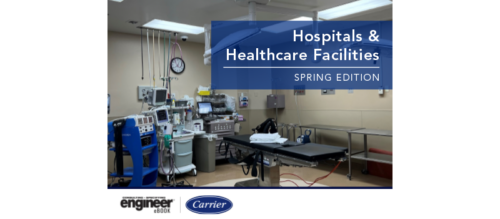Simulation modeling in healthcare has been used for testing complex scenarios like optimal patient throughput for an Emergency Department, but now providers are embracing the tool as a practical, low-cost method for challenging and affirming COVID-19 reactivation strategies. There is no actionable handbook for reactivating healthcare spaces in the wake of the COVID-19 pandemic. Guidelines for reopening vary depending on region, number of current cases and facility type. This challenge is especially pressing for health providers seeking to re-establish stability in ambulatory care and elective surgery operations, which are often critical to financial success.
How simulation modeling can help healthcare facilities
Simulation modeling helps engineers rapidly test a number of "what if" scenarios, which is crucial for hospitals.
Short on data and unable to leverage traditional evidence-based approaches, many leaders are relying largely on intuition as they rapidly transform workflows and operations. Simulation modeling is a proven planning tool used across a range of building environments, including healthcare, commercial, education, hospitality and retail applications. Simulation modeling is a data-driven tool that can help you design an effective plan of return for your patients and staff while mapping out a road toward operational recovery.
Simulation modeling brings spaces to life in a virtual environment to rapidly test a number of ‘what if’ scenarios, helping decision makers visualize how design and process changes influence human behavior.
This article originally appeared on CannonDesign’s website. CannonDesign is a CFE Media content partner.
Original content can be found at www.cannondesign.com.
Do you have experience and expertise with the topics mentioned in this content? You should consider contributing to our CFE Media editorial team and getting the recognition you and your company deserve. Click here to start this process.


